With so many amazing books published in 2016, it can be hard to know which are the best to include in a classroom library. To help you choose, we’ve compiled a list of titles that are all worth a second look. To curate this list, we crunched the numbers to see which books were popular with customers. We consulted with our Collection Development Specialists (the title experts who know all the newest books, trends and authors). And we tapped into the expertise of our Literacy and Education Coordinators, who can always name the books that engage students as readers.
In no particular order—and featuring a mix of fiction, nonfiction, genres, interest levels and more—here are twenty fresh, new reads of 2016 that we think are among the best books for classroom libraries:
1. What Do You Do With a Problem? by Kobi Yamada
A top seller and a favorite of many, this picture book (Grades P-3) is ideal for introducing growth mindset and problem-solving techniques to younger students. It’s inspirational message of turning obstacles into opportunities hits just the right balance of comfort and optimism. The illustrations are also wonderful—the pallet is very grey at the beginning, but as the book progresses and the problem seems less over-whelming, warm yellows and oranges become dominant in the images.
2. Booked by Kwame Alexander
This novel in verse (Grades 4-7, Lexile 660) from Newbery Medal winner Kwame Alexander—author or The Crossover—features rich language and wordplay that touches on topics ranging from bullying and divorce to first crushes. With an engaging story that revolves around sports and soccer, it’s also an engaging read for reluctant readers.
3. Big Nate: Thunka Thunka Thunka by Lincoln Pierce
Part of the popular Big Nate series of graphic novels, Thunka, Thunka, Thunka—which refers to the sound of an empty plastic soda bottle that Nate drums on his head as a stress reliever—is a title that resonates with many reluctant middle grade readers. There’s never a dull moment in this engaging series, and Thunka, Thunka, Thunka (Grades 3-7, Lexile GN360) proves just as popular with students as the titles that came before it.
4. Ghosts by Raina Telgemeier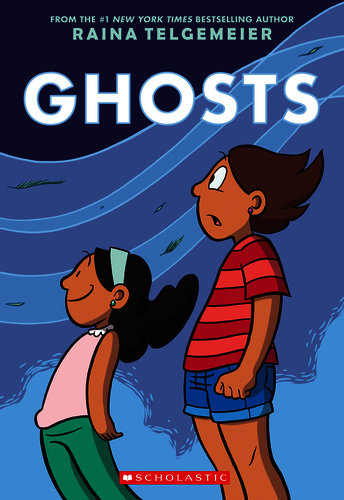
The newest graphic novel by Telgemeier perfectly illustrates why she remains a classroom favorite. Telgemeier’s illustrations are a vibrant companion to her storytelling, as main character Cat works through her family issues with the help of new friends (and some ghosts!). Ghosts (Grades 3-7, GN300) goes into detail about the Day of the Dead holiday, and its importance and meaning to the Latino community.
5. Thunder Boy Jr. by Sherman Alexie
Thunder Boy Jr. (Grades P-1, Lexile AD420) is the first picture book by National Book Award winner Sherman Alexie. Illustrated by Caldecott Honor and Pure Belpre winner Yuyi Morales, Thunder Boy Jr. tells the story of Little Thunder, who is named after his dad, Big Thunder, but wants a cooler, more fitting name of his own. Narrated in first person by Little Thunder, this is a vibrant and joyful depiction of positive American Indian relationships. It’s also a fun read aloud and an excellent way to add mirrors and windows to your classroom library.
6. Real Sisters Pretend by Megan Dowd Lambert
Real Sisters Pretend (Grades K-5) shows two adoptive sisters playing pretend games. When one of the sisters says “Let’s pretend we are sisters,” the older girls explains that they don’t have to pretend that because they really are sisters. This sweet picture book portrays a loving and diverse family, once again providing the mirrors and windows every classroom library needs.
7. The Princess and the Warrior by Duncan Tonatiuh
Here’s why Katie, one of our Literacy and Education Coordinators, loves this title:
“Duncan Tonatiuh’s style always captivates me, and I love a good reimagined legend. It’s tricky, though, because sometimes they can fall flat. Not here, happily—Tonatiuh tells the story beautifully. It’s got romance, action, dramatic irony, and a nice helping of cultural significance, all helped along by his distinctive illustrations—so a little something for everyone! This would be a great addition to folklore collections or units on Aztec history/culture.”
8. The Sun Is Also a Star by Nicola Yoon
With funny, flawed and endearing main characters, The Sun is Also a Star (Grades 7-12, Lexile HL650) is an engaging work of YA fiction from author Nicola Yoon that explores family relationships, the immigrant experience, young love and more. A 2017 Michael L. Printz Honor Book, this high-low title will appeal to teens at every reading level.
9. Once Upon an Elephant by Linda Stanek
It’s no secret that kids love to read about animals. And this picture book and informational text provides a wonderful introduction to exploring “what if…”, environmentalism and the significance of the animal world on every-day life. Once Upon an Elephant (Grades K-3, Level R, Lexile AD 370) also introduces younger students to scientific concepts like habitats, ecosystems and more.
10. Food of the World by Nancy Loewen
Everyone eats! The shared experience of “eating,” in combination with this title, allows young readers to explore diverse places and cultures through something we can all agree is pretty great: FOOD! Teachers and students can break bread together, read this book and have rich discussion about their own cultures and background. With vibrant photographs and rhyming text, Food of the World (Grades P-2, Level J) can also be used to support learning standards.
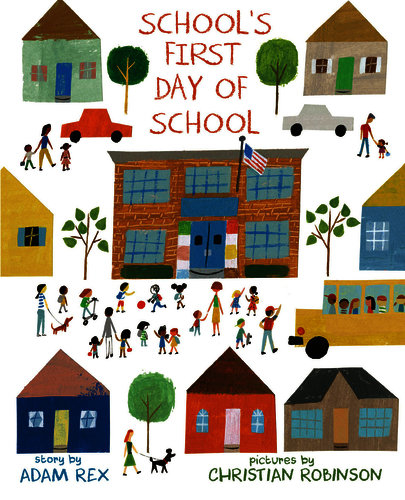 11. School’s First Day of School by Adam Rex and Christian Robinson
11. School’s First Day of School by Adam Rex and Christian Robinson
School’s First Day of School (Grades P-1) is an excellent read aloud for…what else…the first day of school! This picture book plays with point of view and perspective, since it’s the school itself that has first day jitters. The title will foster plenty of conversations with early readers about humor, empathy and community.
12. Ada Twist, Scientist by Andrea Beaty
Ada Twist, Scientist (Grades K-2) combines important classroom topics and themes like STEM, Growth Mindset, Women’s History, Diversity (and more!) in one humorous picture book that tells the story of a young African American girl with a passion for science.
13. Animals That Live in Social Groups by Bobbie Kalman
Humans aren’t the only ones! In this book, animals are seen educating their young, caring for members of the group, and working together on everyday tasks. The animals will appeal to young readers, and they will get a kick out of seeing animals behave just like them. This book can also be used to engage students in animal and wild-life conservation, and character education topics such as collaboration—after all, if animals can do it, we can too!
14. Crow Smarts: Inside The Brain of The World’s Brightest Bird by Pamela S. Turner
Crow Smarts (Grades 5-12) is the newest entry in The Scientists In The Field series. Crows are amazing and fascinating creatures, and this book really lets older students explore that part of their nature. Featuring a narrative nonfiction format and vivid, detailed photographs, too.
15. Some Writer! The Story of E.B. White by Melissa Sweet
Some Writer! The Story of E.B. White (Grades 3-9, Lexile 1030) is the beautifully illustrated biography of E.B. White, the well-known author of several beloved titles in children’s literature. Melissa Sweet uses primary source material like letters, photos and mementos to create emotional ties and to connect readers with White’s love of nature. Pair this book with a read aloud of Charlotte’s Web or Stuart Little for an author study, or keep it on your classroom library shelf for an engaging independent read.
16. The Wild Robot by Peter Brown
The Wild Robot (Grades 3-7, Lexile 740) is the first chapter book by Caldecott Honor winning Brown. This chapter book explores what it means to be a family, and makes a great fiction component to a science unit. Wild robot Roz spends a lot of her time on an island observing its plants and animals, and the reader learns details about their habits and adaptations as she does. The book can also serve as a jumping off point for discussions about environmental preservation and conservation.
17. Freedom in Congo Square by Carole Boston Weatherford
Winner of a Caldecott Honor and Coretta Scott King Honor for illustrations, this nonfiction story in prose tells of 19th century Louisiana’s Congo Square: a little known moment in African-American history. Freedom in Congo Square (Grades P-3, Lexile AD670) works its way through the days of the week leading up to Sunday, when slaves were allowed to forget their struggles for a time and set up a market, play music, sing and dance in Congo Square.
18. They All Saw a Cat by Brendan Wenzel
They All Saw a Cat (Grades P-1, Level H, Lexile AD 310) is an ode to curiosity and imagination. This picture book, winner of a Caldecott Honor, follows the many lives of one cat from the perspective of the animals that see it every day. Use the books as a read aloud, for a science discussion about how different animals see the world or even in an art class as an example of shifting perspective by illustrating with various types of media.
19. Wolf Hollow by Lauren Wolk
“It’s been a long time since I’ve read a book that literally left me so speechless that it took some time for me to pick up another book,” says Brian from our Collection Development department about Wolf Hollow (Grades 5-12, Lexile 800). “Complete book hangover,” he continues. “There were parts of this book that made me gasp out loud!!
Annabelle lives in a rural Pennsylvania community in 1943. Life is pretty quiet until Betty arrives. Betty is a bully and doesn’t make things easy for Annabelle. Annabelle has Toby to watch out for her. Toby is an eccentric WWI vet that the townspeople know and don’t pay much attention to. Things start to take a turn for the worse and I’m going to stop here….I’m afraid I’ll give too much away. This book has received 6 starred reviews and an NPR Best Book of 2016. I LOVED this book!!”
20. The Girl Who Drank the Moon by Kelly Barnhill
The Girl Who Drank the Moon (Grades 5-9) just won the 2017 Newbery Medal, the most prestigious award in children’s literature, at the recent ALA Awards. The story of a young girl accidentally given tremendous magical powers has been described as “an epic coming-of-age fairy tale,” and will particularly appeal to students who are fans of the fantasy genre. If they loved Harry Potter, chances are they will love The Girl Who Drank the Moon too.
With SO many great titles for classroom libraries published last year, it’s impossible to include them all one list! For more suggestions of the best books for classroom libraries specific to your grade level, call us at 800.444.0435 and work with one of our literacy experts to create your free custom booklist. You can also browse our complete collections at Booksource.com.


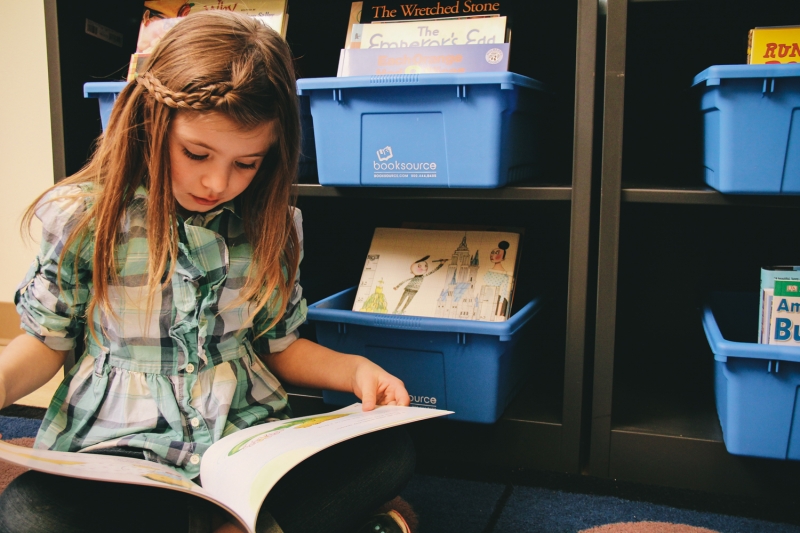
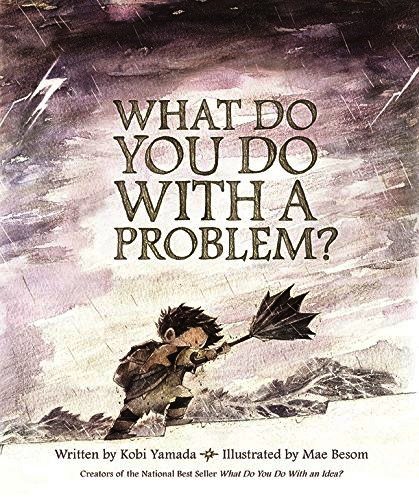
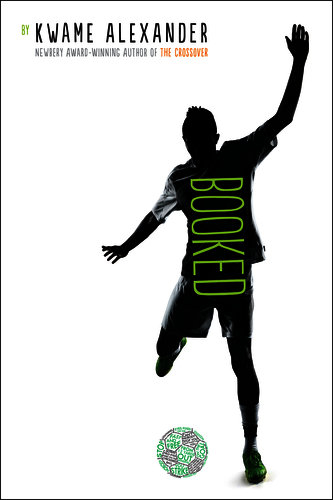
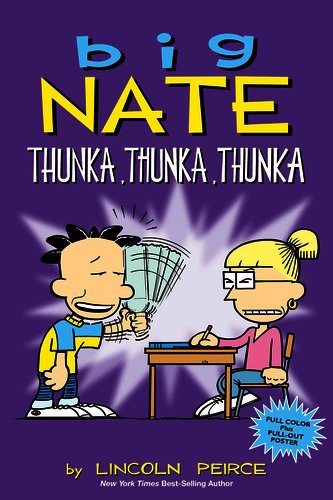
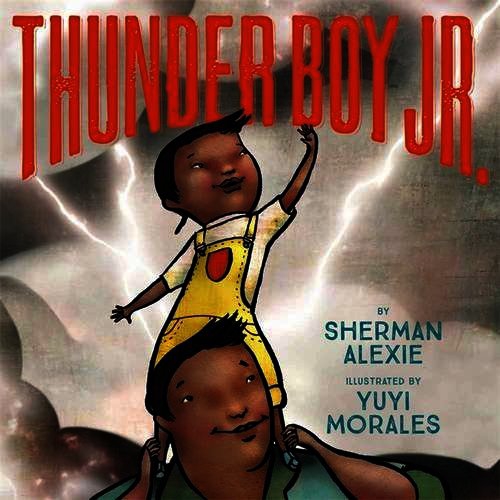
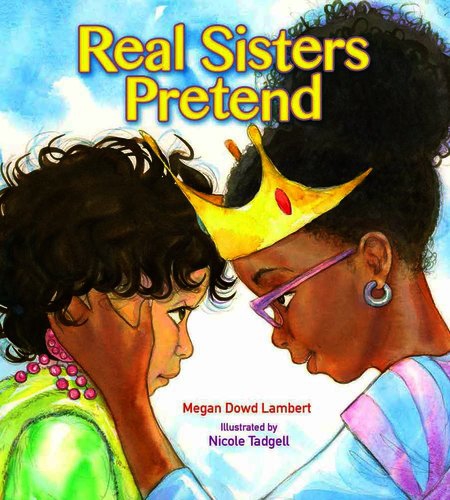
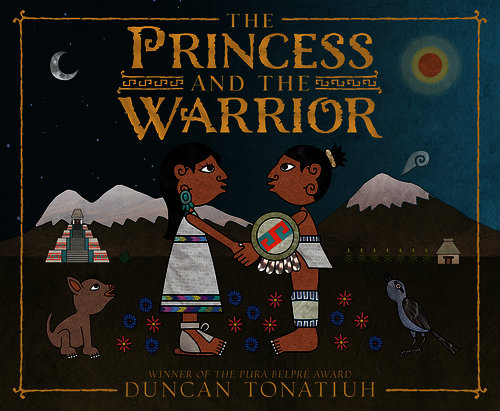
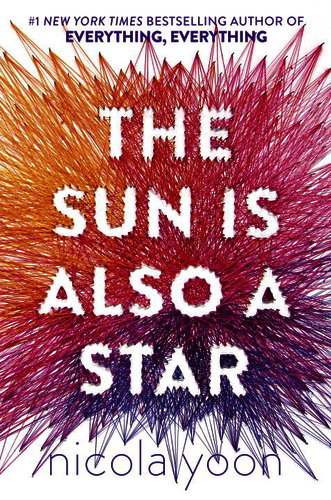
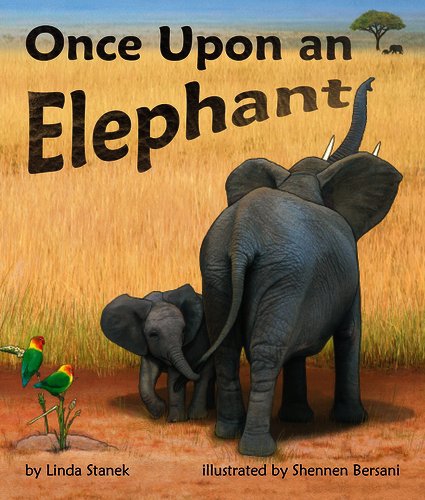
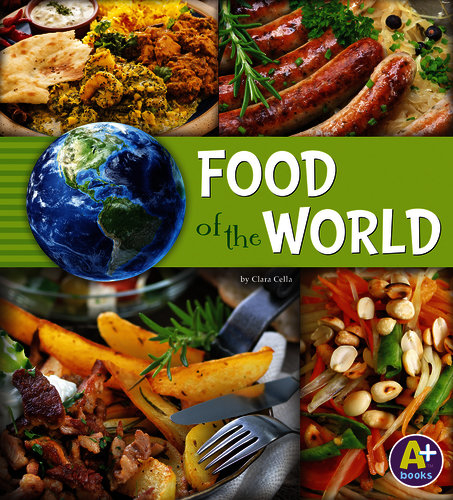
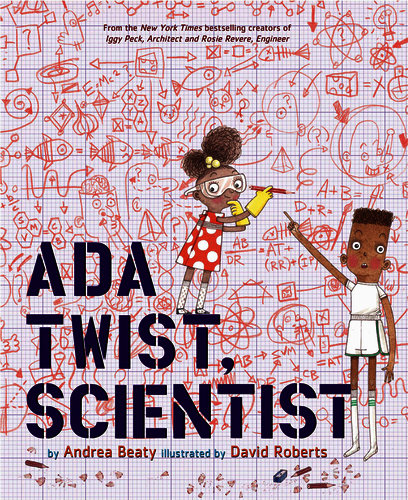

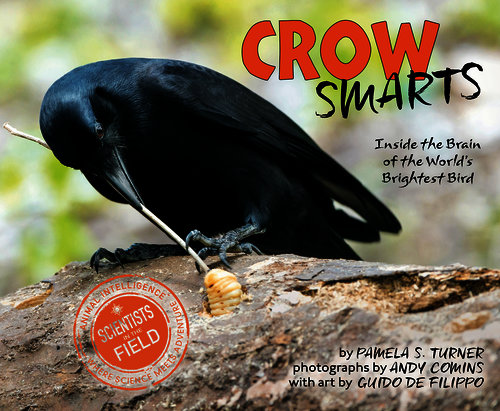
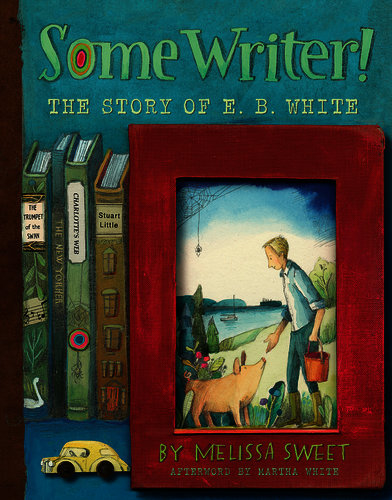
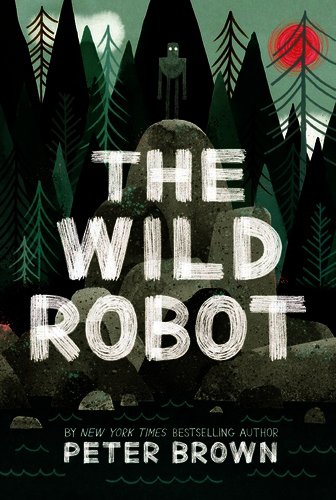
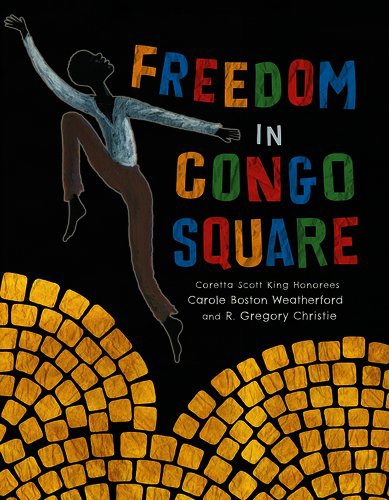

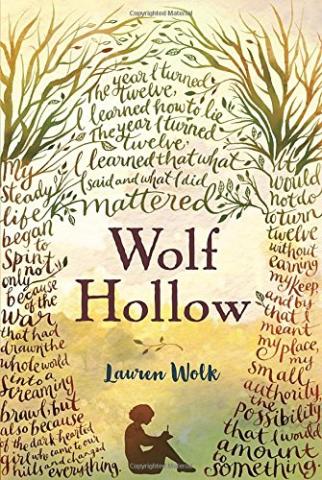

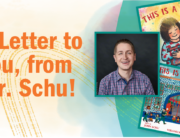
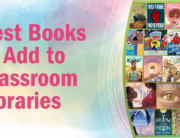
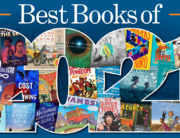
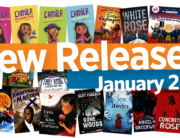
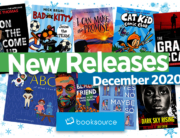
Such a fantastic list! Thank you.
Thank you, Kathleen, we’re glad you like it. With so many amazing titles published last year, it was hard to narrow the list down to just twenty!